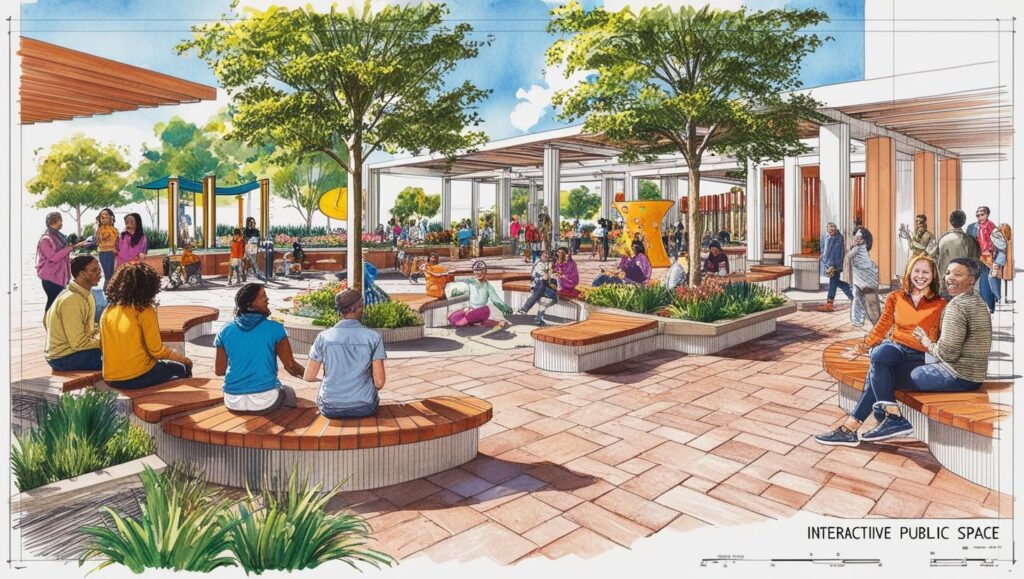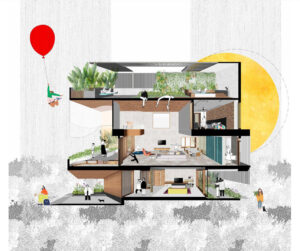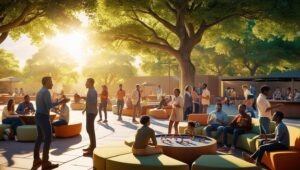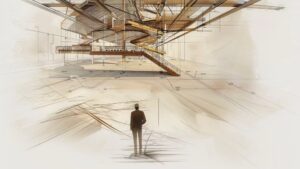
Behind The Design
"Can You Design Spaces That Encourage People to Stay Longer?"
Explore how a design space can make people stay longer in homes, cafés, and public spaces—through layout, flow, and comfort.
"Can You Design Spaces That Encourage People to Stay Longer?"
Explore how a design space can make people stay longer in homes, cafés, and public spaces—through layout, flow, and comfort.
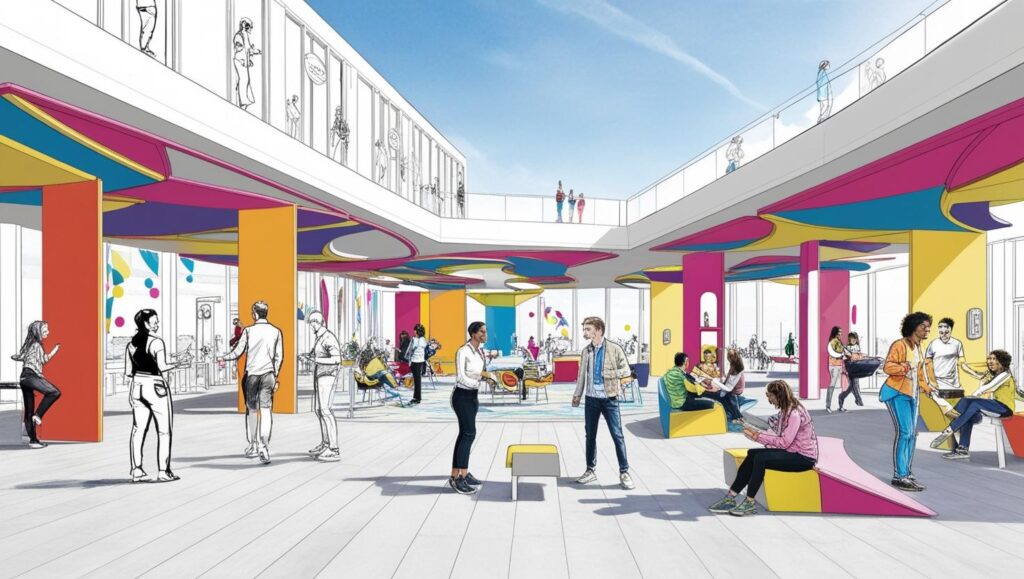
Table of Contents
🌱 Why People Stay (Or Leave)
Ever walked into a café and felt like rushing out? Or entered a library and instantly felt the urge to settle down for hours? That’s not by accident.
That’s spatial design at work — silently shaping how we feel, move, and behave. Design isn’t just about beauty — it’s about behavior. And when it comes to making people stay, the space has to speak to their senses.
🎯 The Psychology of Staying
People stay longer in spaces that offer:
- A sense of safety without feeling trapped
- A balance of privacy and visibility
- Comfortable distances between seating and circulation
- Inviting thresholds — the space feels open, not awkward
“Design is not decoration. It’s direction.”
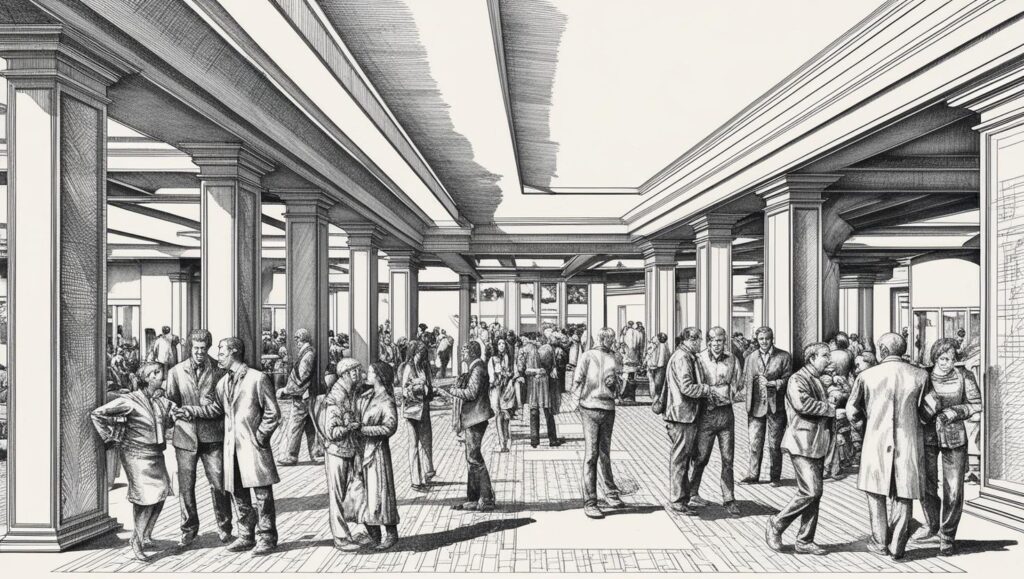
🧠 The Spatial Tricks That Work
- Use Depth to Create Comfort
Shallow spaces (right by the door) feel too exposed. Deep spaces feel more private, more secure — people stay longer in those. A café booth at the back is more likely to hold someone for hours than a table by the front window.
- Design for Pause, Not Just Passage
If people are always moving through a space, they won’t feel like they can stop.
Instead:
- Widen corridors near doorways to create arrival zones
- Use alcoves, corners, or curves to offer natural pause points
- Control Visibility with Purpose
People don’t want to feel watched — but they don’t want to feel hidden either.
Use:
- Low partitions
- Plant groupings
- Layered lighting
To create a feeling of selective openness — spaces where people can see out, but not feel exposed.
- Blend Functions to Invite Belonging
When a space does just one thing, it limits its emotional grip.
Add:
- Bookshelves to a waiting room
- A community board in a lobby
- Cozy reading nooks in a bookstore
Blended functions encourage people to linger — because the space feels useful, personal, and evolving.
- Curate Comfort — But Leave a Bit of Mystery
Sometimes, people stay not just because it’s comfortable — but because they want to explore more.
Use:
- Varied ceiling heights
- Hints of connected spaces
- Light coming from beyond a turn
To give the user a reason to stay just a little longer.
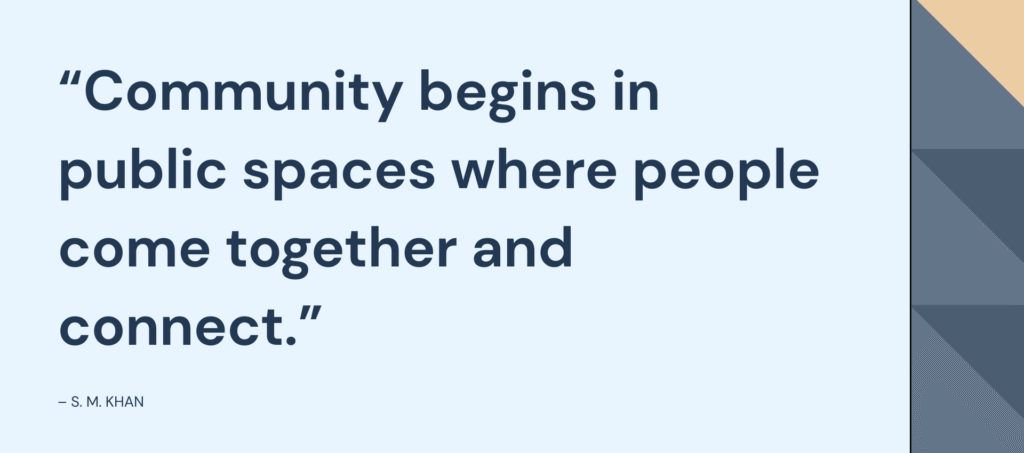
🧩 The Social Logic Behind It All
According to Bill Hillier’s space syntax theory, people stay longer in spaces that:
- Have high local integration (easy to reach, but not too exposed)
- Offer co-presence without forced interaction
- Balance movement and stillness architecturally
It’s about configuring social possibilities, not just organizing furniture.
✅ Real-Life Examples
- 🏛 Museums that subtly guide visitors deeper into quieter zones
- ☕ Cafés that offer mixed seating: barstools near windows, booths in back
- 🏢 Libraries that hide reading lounges behind shelf-lined pathways
- 🏠 Homes with living rooms tucked behind transitional foyers
These spaces invite time — not just people.
💬 Final Thought
Good design doesn’t force people to remain — it invites them. And in a world that rushes everything, a space that makes people stay? That’s powerful.
“The longer someone chooses to stay, the more your space becomes part of their story.”
